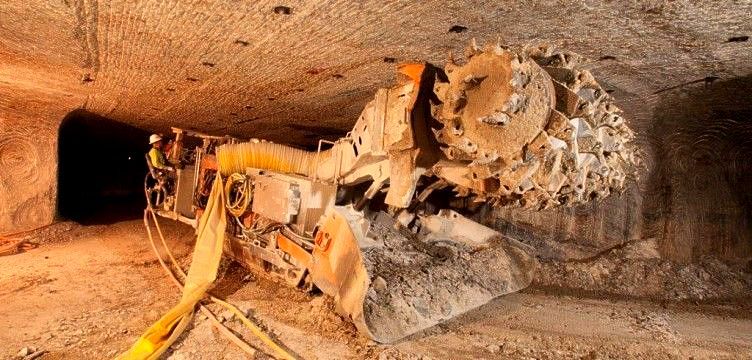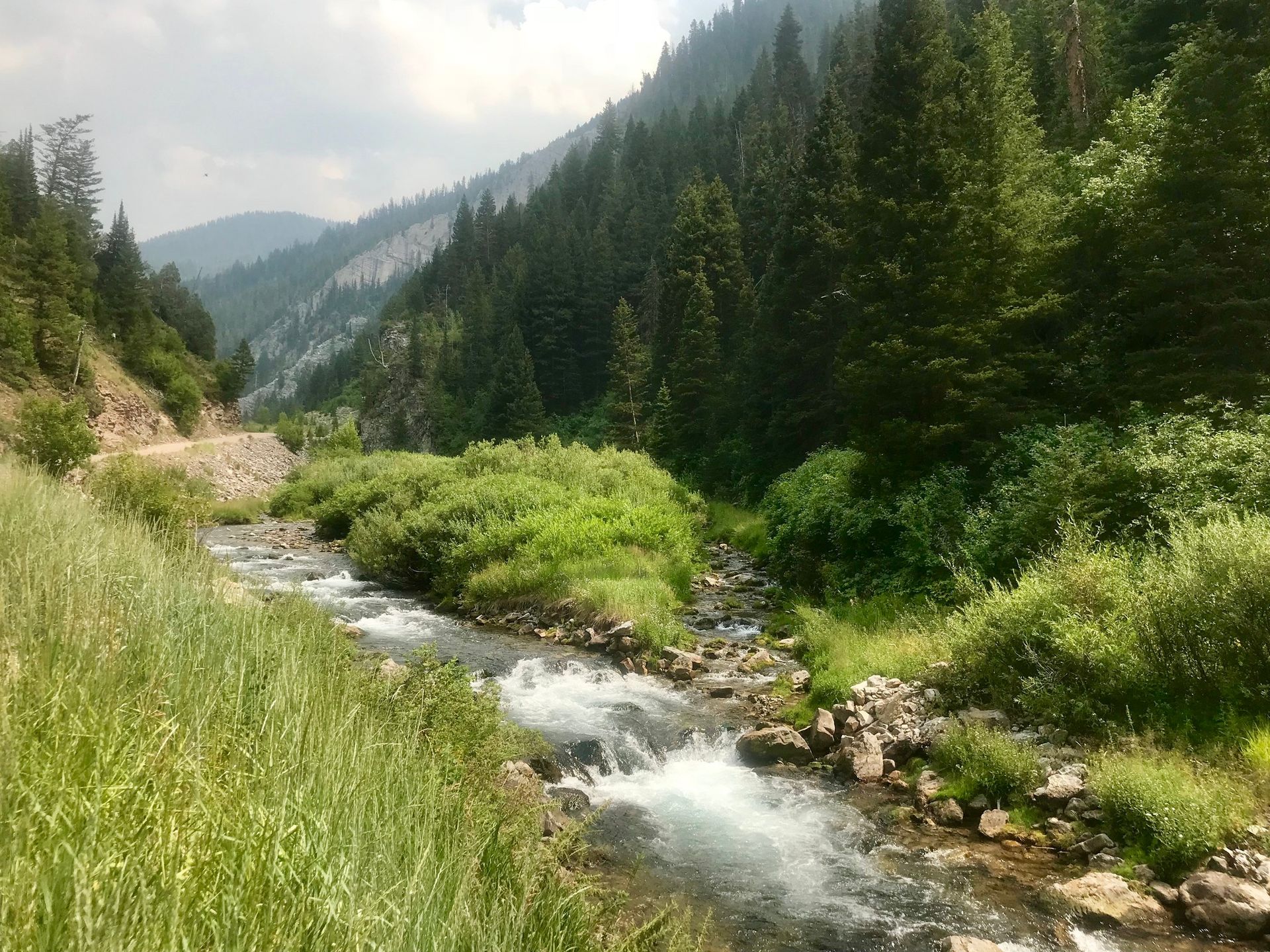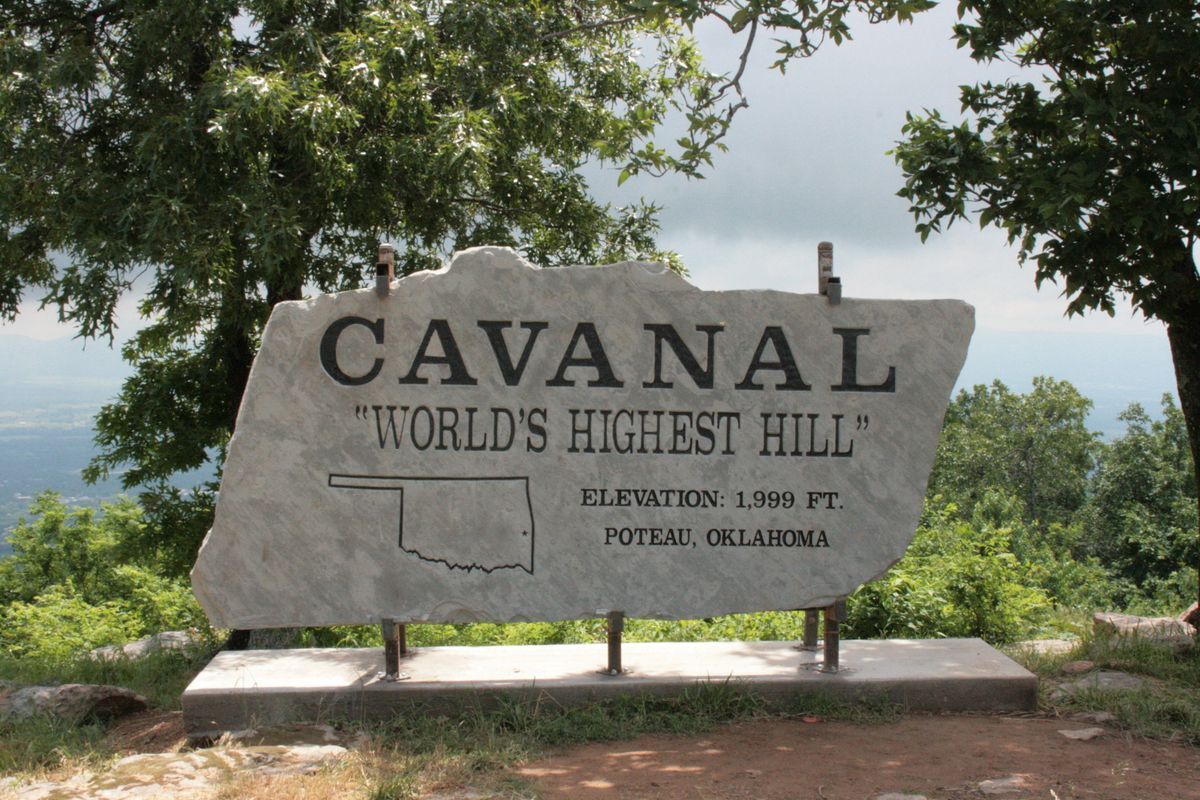World's Largest Bentonite Deposits, world record in Wyoming
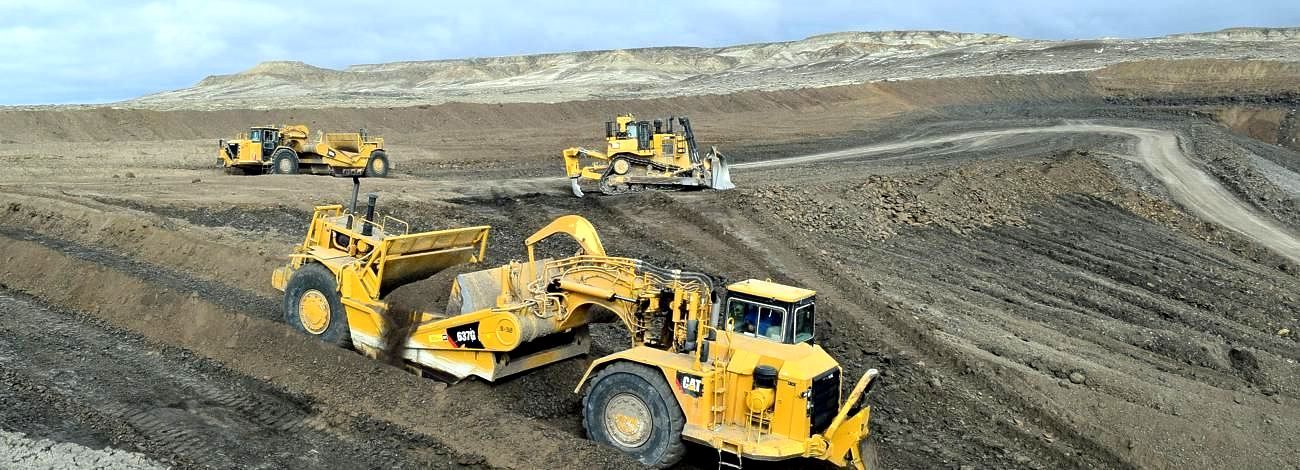
Wyoming, United States--Wyoming is the nation’s leader in bentonite production with over 4 million tons produced each year; Wyoming’s bentonite can swell up to 16 times its original size and absorbs up to 10 times its own weight in water; Wyoming has 70 percent of the world’s known supply of bentonite, thus setting the world record for having the World's Largest Bentonite Deposits, according to the WORLD RECORD ACADEMY.
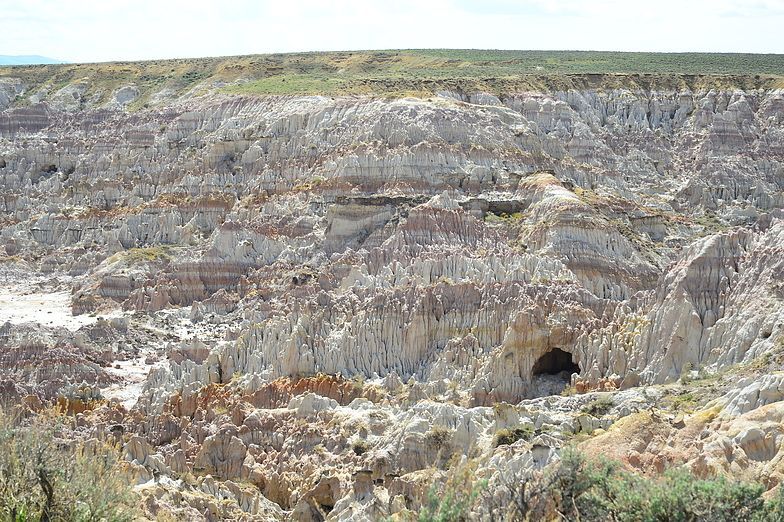
"Wyoming's diverse mineral deposits and unique geology provide raw materials for industry, energy development and other sectors. The exploration, development and production of some of Earth's most basic natural resources creates quality employment opportunities in local communities, and federal mineral development is a major source of revenue that supports local, state and federal priorities," the Bureau Of Land Management says.
"Wyoming is home to the world's largest bentonite deposits, approximately 70% of international supply. In 2019, Wyoming bentonite developers mined more than five million tons. Bentonite is used in hundreds of industrial and commercial products including cosmetics, kitty litter, pharmaceuticals, drilling muds and more.
"Over the last decade, several bentonite operators in the state have received BLM reclamation awards for their sustainability and restoration efforts."
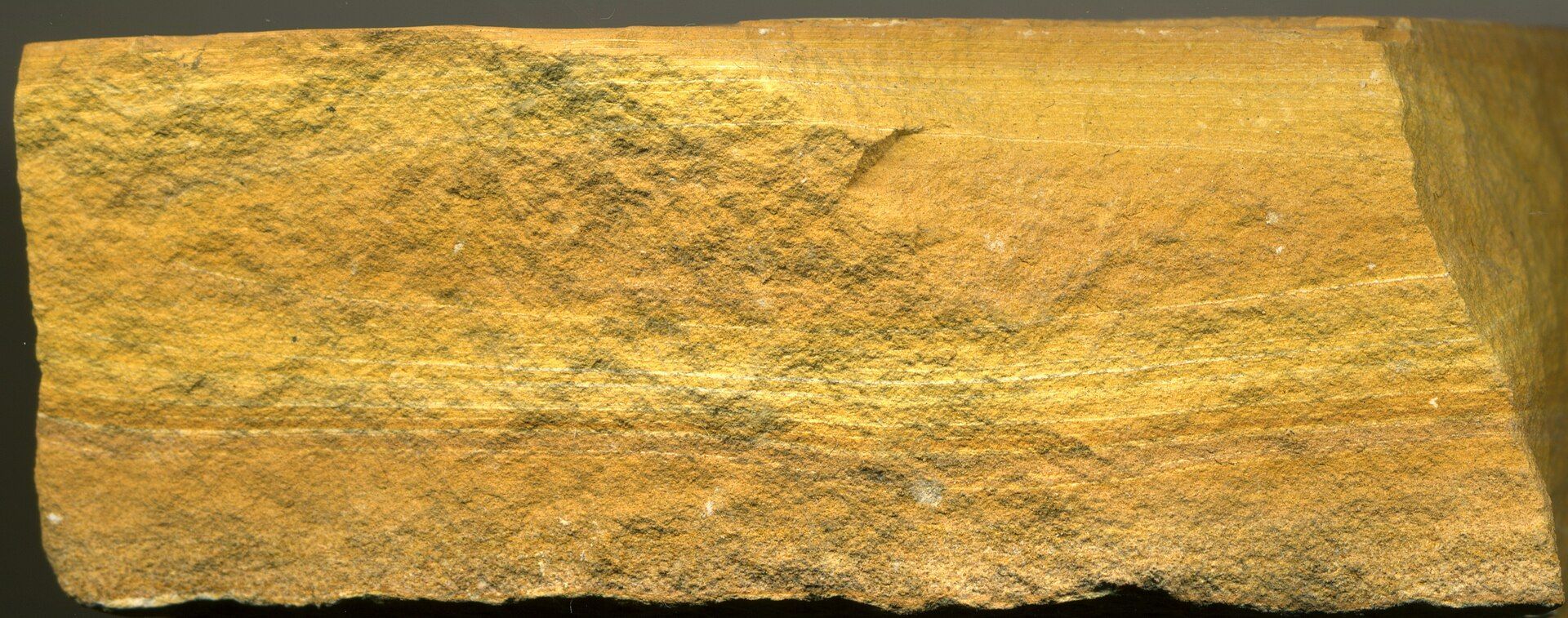
"Wyoming is the nation’s leader in bentonite production with over 4 million tons produced each year in three major economic geologic areas in the state:
The Clay Spur area around Upton and Newcastle;
The Colony Area in the northeast corner of Wyoming;
Along the east and west flanks of the Big Horn Range.
"Wyoming has 70 percent of the world’s known supply of bentonite, which is also produced in Greece, Japan, Italy, Brazil, Romania, Germany, Mexico, Argentina, Spain, India, Hungary, Poland, Canada, Turkey, and Cyprus. However, Wyoming’s bentonite has unique characteristics that are rarely found anywhere else. It can swell up to 16 times its original size and absorbs up to 10 times its own weight in water.
"These characteristics are mostly due to the presence of sodium instead of calcium, which is more commonly found in Bentonite. Geologists believe that the sodium in Wyoming’s bentonite was created by high concentrations of sodium ions in the seawater where volcanic ash settled," the
Wyoming Mining Association says.
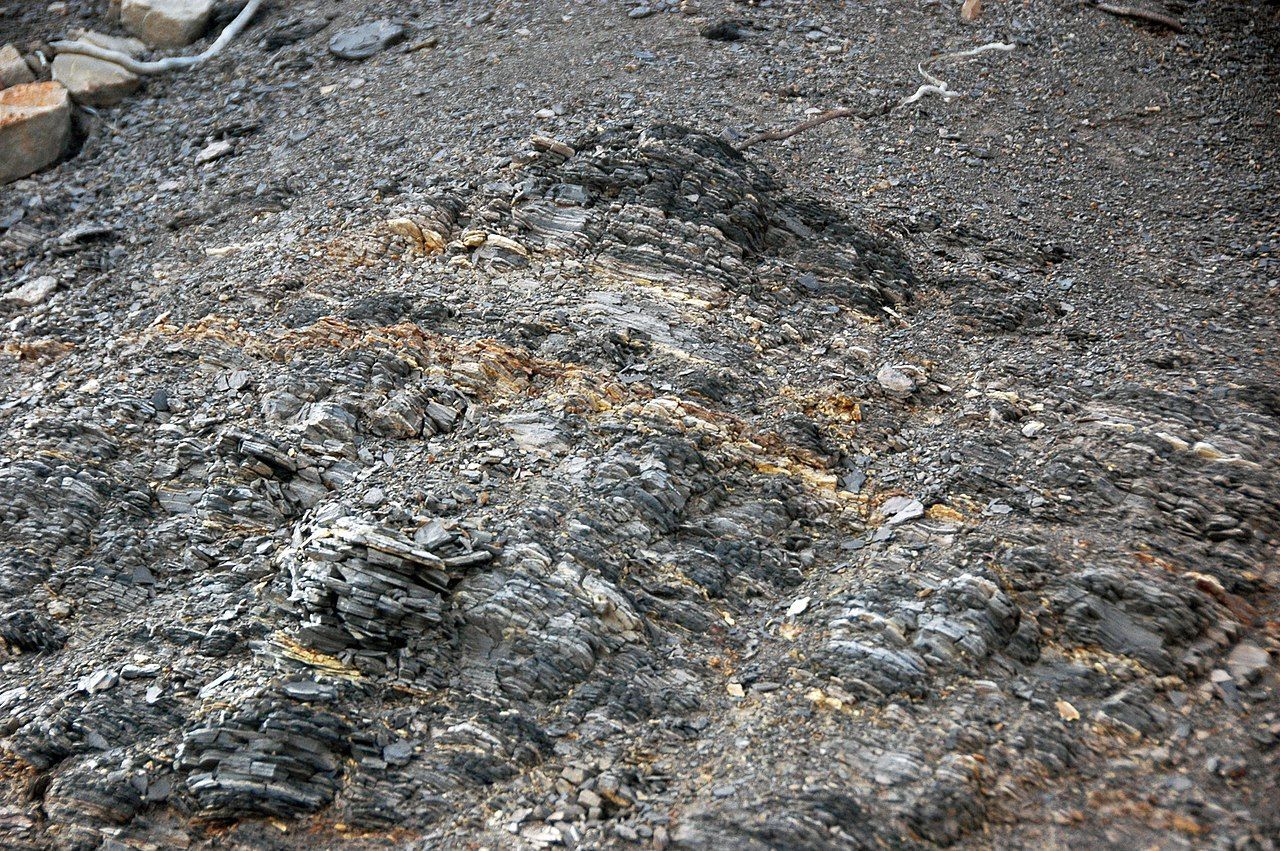
"Bentonite is an absorbent aluminium phyllosilicate generally impure clay consisting mostly of montmorillonite. There are a few types of bentonites and their names depend on the dominant elements, such as potassium, sodium, calcium, and aluminium. As noted in several places in the geologic literature, there are some nomenclatorial problems with the classification of bentonite clays," the
Wikipedia says.
"Bentonite usually forms from weathering of volcanic ash, most often in the presence of water. However, the term bentonite, as well as a similar clay called tonstein, have been used for clay beds of uncertain origin. For industrial purposes, two main classes of bentonite exist: sodium bentonite and calcium bentonite.
"In stratigraphy and tephrochronology, completely devitrified (weathered volcanic glass) ash-fall beds are commonly referred to as K-bentonites when the dominant clay species is illite. Other common clay species, and sometimes dominant, are montmorillonite and kaolinite. Kaolinite dominated clays are commonly referred to as tonsteins and are typically associated with coal."
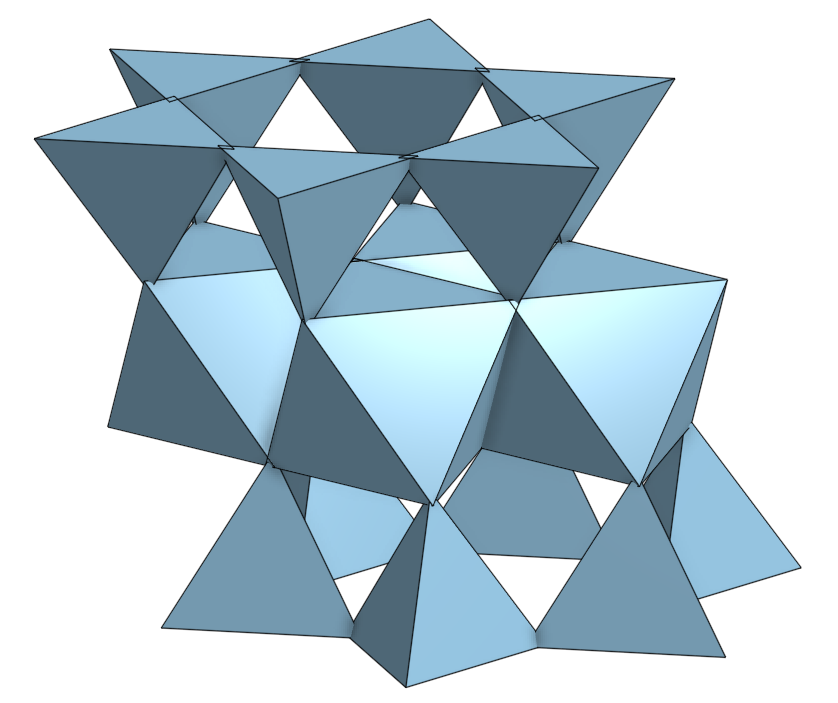
"Bentonite is currently mined in Wyoming from numerous surface-mining pits across the state. Major producing districts include the Northern Black Hills (Colony) District, the South-ern Black Hills (Clay Spur) District, the Kaycee District, west of Kaycee, and the Eastern Bighorn Basin District. For economic reasons, surface mining generally extends to depths no greater than 50 feet. Bentonite mined from open pits is blended, ground, dried, and processed into various products at several mills in the state," the Wyoming State Geological Survey says.
"Wyoming bentonite (also known as sodium bentonite) can swell up to 16 times its original size and absorb up to 10 times its
weight in water.
"Wyoming bentonite has been called “the clay of 1,000 uses,” and is unique because of its high absorption and swelling rate.
Bentonite is widely used in drilling mud for the development of oil and gas resources. Correlating with the boom in the oil and
gas industry in 2005, the use of bentonite as drilling mud also increased. In addition to its industrial uses, bentonite is used as an
absorbent such as cat litter, as a sealer for irrigation ditches and reservoirs, for pelletizing iron ore, as a bonding in foundry sand,
and in pharmaceuticals."
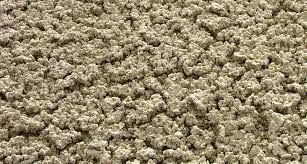
"Bentonite deposits of economic importance in Wyoming are in Cretaceous formations exposed on the north and west flanks of the Black Hills, around the western margin of the Powder River Basin, on the eastern margin of the Big Horn Basin, in the Wind River Basin, and in the Laramie Basin (figure 11). According to Rath (1983), the bentonite beds mined in the northern and western Black Hills districts are thinner than the bentonite beds mined in the Big Horn Basin or in the western edge of the Powder River Basin at Kaycee," the United States Geological Survey says.
"The Black Hills region includes the bentonite deposits that occur in Wyoming, Montana, and South Dakota. The discussion is included under Wyoming because most of the bentonite is in Wyoming. The region may be divided into two districts, the Northern Black Hills district and the Western Black Hills district. The northern Black Hills district is approximately 97 km long and extends along the north side of the Black Hills in parts of Crook County, Wyo. (no. 31, pi. 1), Carter County, Mont. (no.25, pi. 1), and Butte County, S. Dak. (no. 24, pi. 1).
"The Western Black Hills district is in parts of Crook and Weston Counties, Wyo. The Black Hills bentonite region has long been a major source of sodium-bentonite and a minor source of calcium-bentonite. Approximately 1.5 Mt are mined and processed annually from the followingvplants: American Colloid Company and N L Industries, Inc., at Colony, Wyo. (no. 31, pi. 1); American Colloid Company at Belle Fourche, S. Dak. (no. 24, pi. 1); and American Colloid Company at Upton, Wyo. (no. 32, pi. 1)."
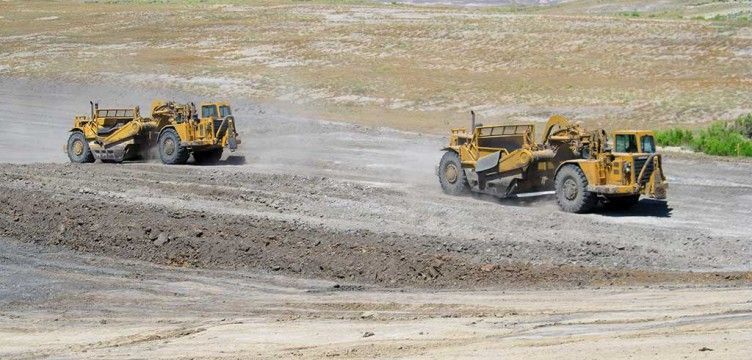
"The United States is fortunate to have several world class clay deposits within its boundaries. Each of these deposits will be discussed, which will include location, geology, mineralogy and principal applications," the Geological Society of Nevada says.
"The clay deposits that are included are kaolins; ball clays; bentonites, including sodium montmorillonite; calcium montmorillonite; hectorite, a lithium montmorillonite and palygorskite and sepiolite.
"Over 500,000,000 tons of kaolin has been shipped since about 1900, when the first processing plants were installed. Currently, the annual tonnage shipped is about 8,000,000 tons, of which approximately 35 percent is exported. The sodium bentonite deposits located in South Dakota, Wyoming, and Montana are the highest quality and largest deposits of this type in the world."
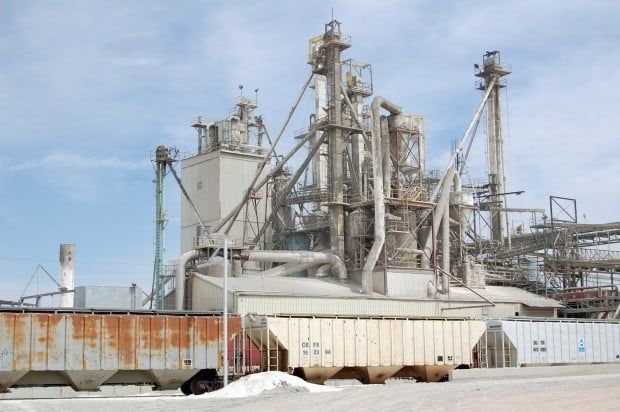
"In his written testimony, Brown highlighted the exceptional quality of the Sodium Bentonite found in Wyoming. “While bentonite is found in many other parts of the world, the bentonite found in Wyoming and bordering states is exceptional in its quality characteristics. So much so that it is known as ‘Wyoming Bentonite’ and is the benchmark for bentonite quality around the world. Wyoming Bentonite is used as a base material to create hundreds of different products that are sold worldwide,” wrote Brown," the
Senate Committee on Energy and Natural Resources says.
"Brown discussed the need to access minerals on federal lands. “It's important for me to note that around 90 percent of the bentonite we use for our products is obtained from mining claims on federal lands administered by the Bureau of Land Management…As a small company that operates in an industry segment with inherently low profit margins, and that relies heavily on mineral resources from federal lands, our ability to compete in the domestic and international marketplace is dependent on our ability to access and economically mine these resources.” said Brown.
"Brown also outlined the complexity of mining law and the thoughtful discussion it requires to make changes. “The ‘one size fits all’ approach to mining law reform put forth in the Hardrock Mining Section will significantly affect our company’s ability to remain competitive and, perhaps, our viability to continue to operate and offer good paying, high quality employment."
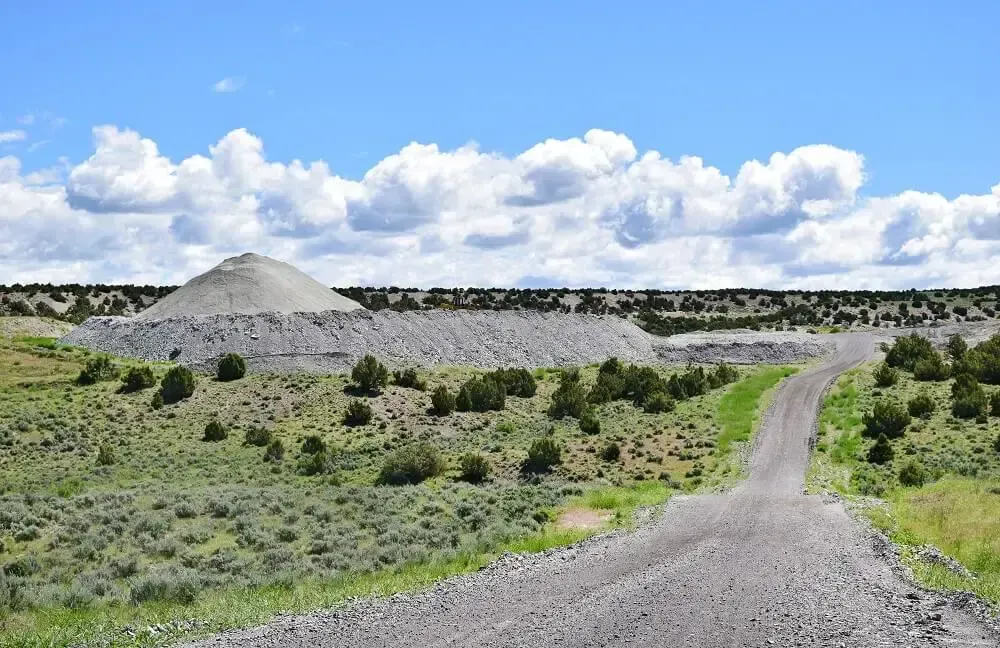
"Bentonite Performance Minerals, LLC. (BPM) is a leading producer of Wyoming sodium bentonite clay. BPM has mining operations in the Western US and processing facilities in Lovell, WY (Big Horn Basin), Colony, WY (Black Hills), and headquarters in Houston, TX," the Bentonite Performance Minerals says.
"Strong partnerships with international toll processors, additive suppliers, and manufacturers allow us to provide Wyoming bentonite products around the globe.
"We specialize in analyzing, extracting, and producing bentonite clays that are carefully selected and designed to meet specific customer needs. World-class analytical capabilities at the Houston, TX facility allows precise evaluation and design of bentonite products."
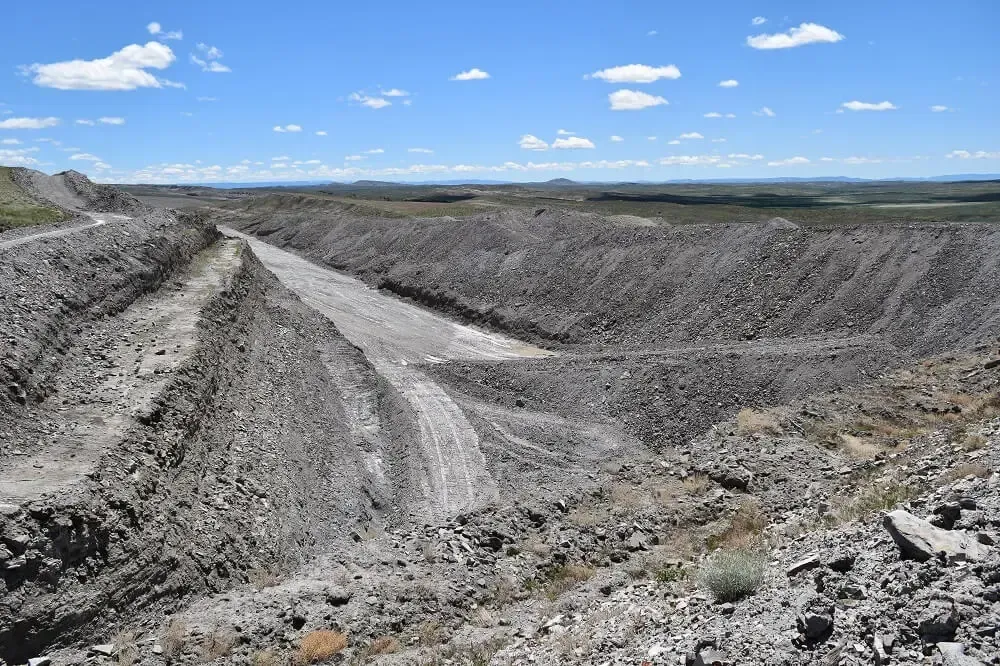
"Wyoming mines more bentonite than any other state in the United States and has 70 percent of the world’s known supply of bentonite. Almost 5 million tons of bentonite is produced in Wyoming each year. Wyoming Bentonite is mined in the northeast corner of the state, and along the east and west parts of the Big Horn Range," the Wyoming Agriculture in the Classroom says.
"The bentonite mined in Wyoming has unique characteristics that are rarely found anywhere else. Bentonite is a brownish-gray clay that can swell up to 16 times its original size and absorbs up to 10 times its own weight in water. These characteristics are mostly due to the presence of sodium instead of calcium, which is normally found in bentonite. Geologists believe that the sodium in Wyoming’s bentonite is from the sodium in the sea that covered Wyoming 120 million years ago. Wind blew ash from erupting volcanoes into the sea, and chemical changes in the volcanic ash created bentonite.
"Bentonite has been called the mineral of 1,000 uses. It is used for absorbents, animal feed, drilling fluids, and sealants. Wyoming bentonite is particularly in demand for pet litter because of its ability to absorb many times its volume in water and control odors. Among other uses, bentonite is found in crayons, medication, and cosmetics, such as shampoos, lotions, face creams, and lipstick. Originally, Wyoming bentonite was used by local Indians as a bleaching clay and a washing agent. Pioneers used it as a substitute for axle grease to cure inflamed horses’ hooves and to waterproof roofs."
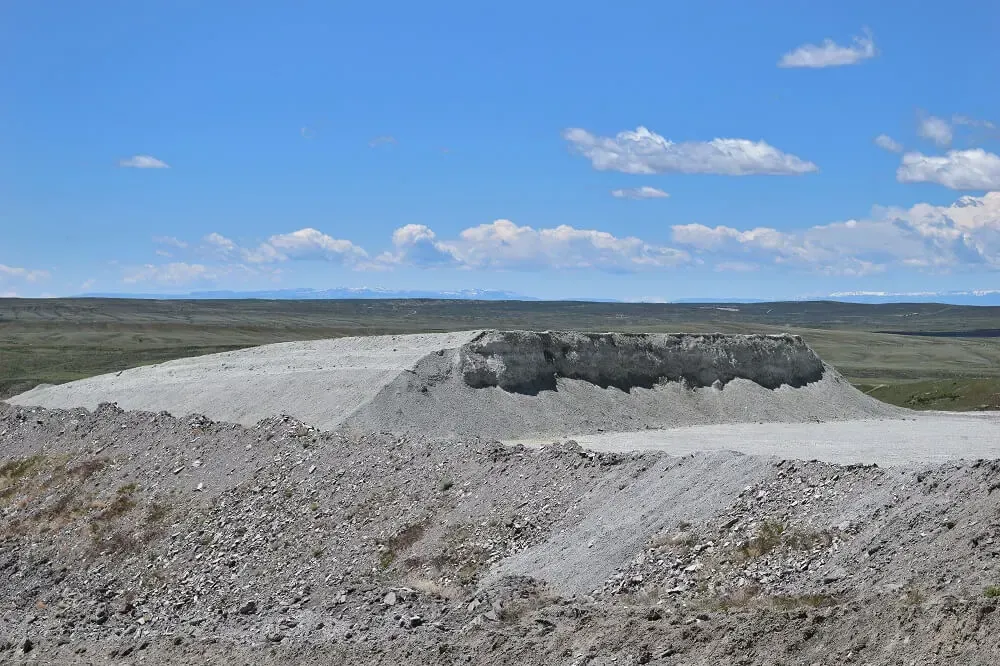
"Bentonite is an absorbent swelling clay consisting mostly of montmorillonite (a type of smectite) which can either be Na-montmorillonite or Ca-montmorillonite. Na-montmorillonite has a considerably greater swelling capacity than Ca-montmorillonite.
"Bentonite usually forms from the weathering of volcanic ash in seawater, or by hydrothermal circulation through the porosity of volcanic ash beds,[3][4] which converts (devitrification) the volcanic glass (obsidian, rhyolite, dacite) present in the ash into clay minerals. In the mineral alteration process, a large fraction (up to 40-50 wt.%) of amorphous silica is dissolved and leached away, leaving the bentonite deposit in place. Bentonite beds are white or pale blue or green (traces of reduced Fe2+) in fresh exposures, turning to a cream color and then yellow, red, or brown (traces of oxidized Fe3+) as the exposure is weathered further.
"As a swelling clay, bentonite has the ability to absorb large quantities of water, which increases its volume by up to a factor of eight.[5] This makes bentonite beds unsuitable for building and road construction. However, the swelling property is used to advantage in drilling mud and groundwater sealants. The montmorillonite / smectite making up bentonite is an aluminium phyllosilicate mineral, which takes the form of microscopic platy grains. These give the clay a very large total surface area, making bentonite a valuable adsorbent. The plates also adhere to each other when wet. This gives the clay a cohesiveness that makes it useful as a binder and as an additive to improve the plasticity of kaolinite clay used for pottery." (Wikipedia)
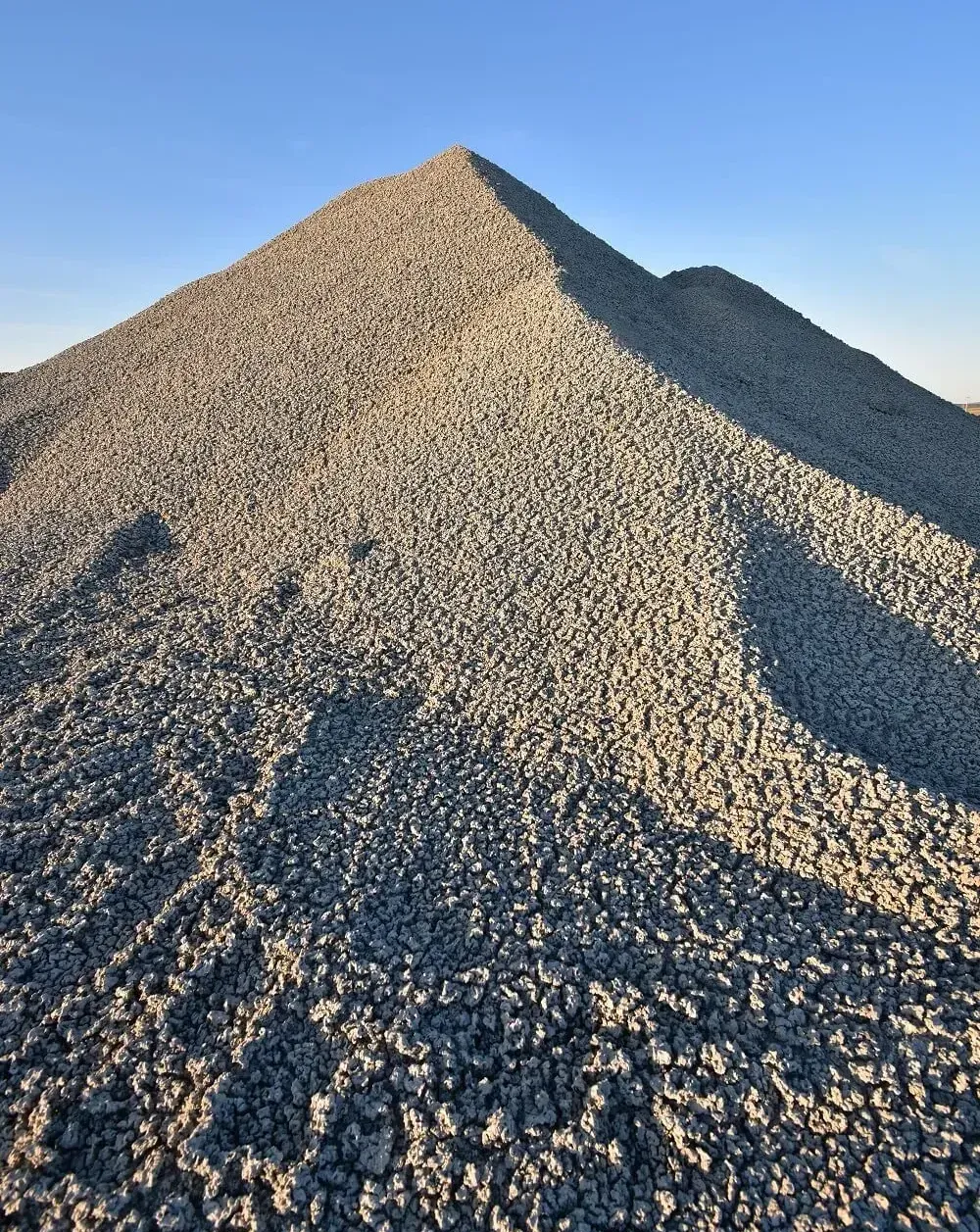
Photos: World's Largest Bentonite Deposits, world record in Wyoming
(2) Mindat.org
(3)
Wikipedia / Volcanic tuff (bentonite) (ash-fall tuff) (Split Fish Layer, Fossil Butte Member, Green River Formation, Lower Eocene; Promised Lands Quarry, Hams Fork Plateau, southwestern Wyoming, USA. 67 mm across along the base. Volcanic tuff interbed in succession of fossiliferous lacustrine marlstones, Split Fish Layer, Fossil Butte Member, Green River Formation, Lower Eocene, ~49 to 51 Ma. Locality: wall of Promised Lands Quarry (SE1/4 sec. 22, T22N, R17W), Hams Fork Plateau, ~13.5 to 14 km northwest of the town of Kemmerer, southwestern Wyoming, USA.
(4) Wikipedia
(5) Wikipedia
(6) Wyoming State Geological Survey
(7) Wyoming Mining Association
(9-12) Black Hills Bentonite
